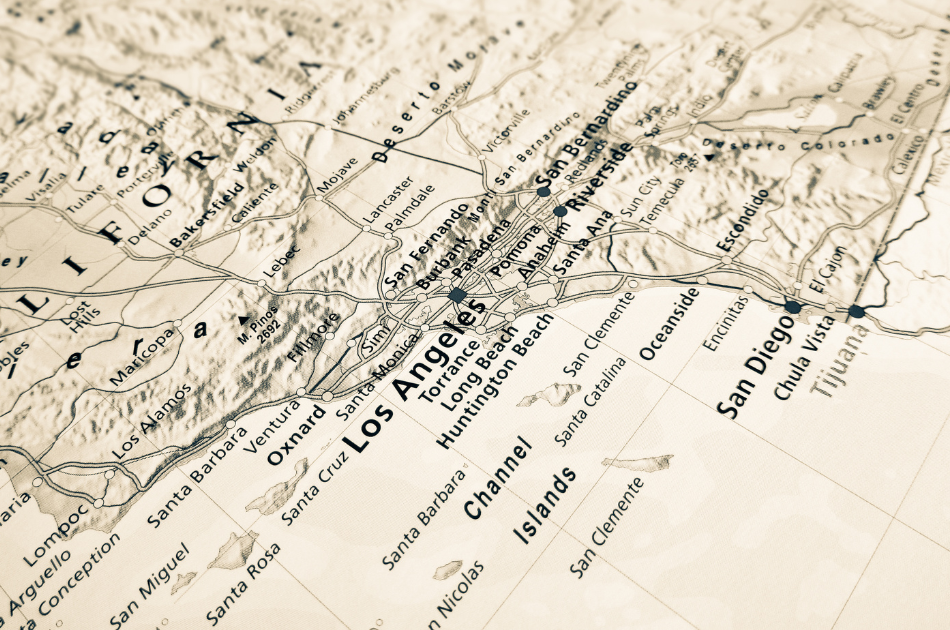Are you wondering what to do with the abundance of produce you’re harvesting from your home garden? Camilla Wynne, jam, jelly, and preserve expert and author of Jam Bake, shares her best jam-making tips and tricks so that you can enjoy the fruits of your labor for longer.
What are the main differences between traditional, freezer, and chia jam?
To make a traditional jam, you must sterilize the jars in a hot water bath. Traditional jams can be stored for at least a year in the pantry, if they remain unopened. Freezer jam, on the other hand, uses pectin as a thickener, and you have to store it in the fridge or freezer. Chia jam can be refrigerated or frozen, too, but not as long as freezer jam.
Does riper fruit make for more flavorful jam?
As most fruit ripens, there is an increase in simple sugars like sucrose, glucose, and fructose, making the sweetness of the fruit come through more. This is why many people think that overripe fruit is the best for jam making. Overripe fruit works well for freezer or chia jam, as both have added thickening agents, but because fruit loses some of its natural pectins as it ripens, it’s best to use a mix of 75 percent ripe fruit and 25 percent slightly underripe fruit for traditional jam.
Do I really need a kitchen scale to make jam?
Yes. Weight is crucial when it comes to measuring fruit or sugar, so if you want the best results, you should consider picking up a digital scale for your kitchen.
How do I know a no-pectin jam is set?
To figure out if your no-pectin jam is ready, you’ll need a frozen plate. Freeze the plate a few hours before making your jam, then put one teaspoon of it on the cold plate. Return the plate to the freezer for two minutes, then remove and nudge the dollop with your fingers. If it wrinkles, then you know it’s ready.
Can altitude affect my jam?
Depending on your altitude, you may need to add extra heat-processing time to make sure your jam won’t end up hosting mold or bacteria. Check out this “altitude adjustment for home canning” chart as a guide.












